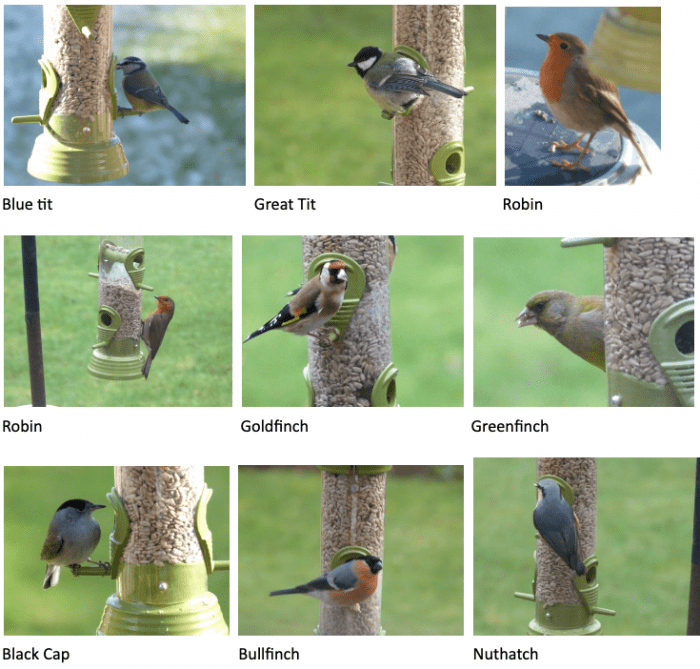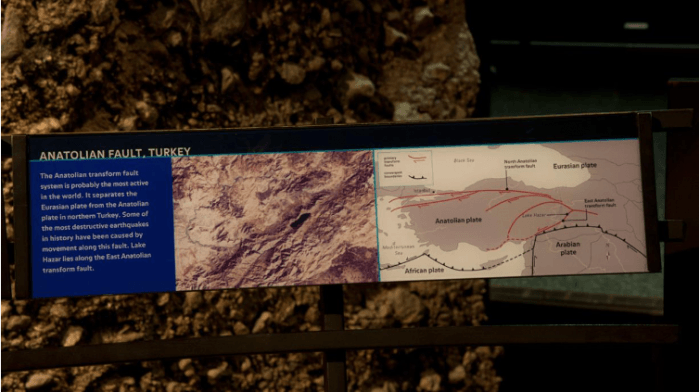Despite cold frosty and sometimes foggy mornings, spring seems to have been knocking at the door. For the last ten days, the sun has been shining for a few hours almost every day. Snowdrops and crocuses have arrived.
Early one morning, I got up to see the most spectacular sunrise. There is an old saying “Red Sky in the morning, shepherds’ warning.” This time it was wrong, as within a few minutes it had faded, and we had a gloriously sunny, but freezingly cold, day!

Sunrise in Hampshire
The birds have also recognised the change and are singing different songs, as they dust off their vocal chords in preparation for their full orchestral chorus in the months to come.
I have two bird feeders containing sunflower hearts, and from my kitchen window I have a grandstand seat. I have my camera at the ready, but as most of them - apart from the gold finches who love to pose - dart in and out so fast, it is really difficult to capture one in focus. They all have their own personalities and it is surprising how fierce some of the robins and blue tits can be. They are the bossiest birds scaring away the finches, nuthatches and blackcaps. There is a definite pecking order between the species and indeed between the very members of each species.
I send you a selection of pictures I have taken, including an out of focus image of a bullfinch. I am determined to get a picture of one in focus eventually! I have a pair of them; the female is very dowdy in comparison to the male. Robins find it hard to purchase on the feeder, but are training themselves to cling on. I also have a pair of nuthatches and a family of eight goldfinches made up of several different generations.

I came across a fascinating story just recently about the unlikely alliance between two totally different species. The wildlife film shows the plover (cyknie bird) protecting her nest of eggs when a monitor lizard - famous for its love of eggs - appears and starts creeping towards the little bird’s nest of eggs. Raising an alarm call, the bird dances around wildly trying to divert the lizard, then suddenly the crocodile, having heard the bird’s distress calls, comes to her rescue, driving the monitor lizard away. Is there a reason for this strange friendship between two of the most unlikely creatures? It appears there is - it seems that the little plover performs an invaluable service to the crocodile by giving the crocodile a thorough tooth flossing. The crocodile opens its mouth and the plover diligently picks the bits of meat from between the crocodile's teeth and generally cleans all its teeth on a regular basis.
The bird is sometimes referred to as the ‘crocodile bird’ for its symbiotic relationship with crocodiles. According to Herodotus, the crocodiles lie on the shore with their mouths open and a bird called 'trochilus' flies into the crocodiles' mouths so as to feed on decaying meat lodged between the crocodiles' teeth.

On the other hand, even stranger and more amazing is the way the bird reciprocates, and there is a film of first one and then two birds defending a nest of crocodile eggs. This film shows a nest of crocodile eggs and a monitor lizard - one of the fiercest and ruthless of all the lizard family - coming out of the bushes and creeping stealthily towards the nest, when all of a sudden the Egyptian plover (cyknie bird) appears and darts forward with outstretched wings, to attack the monitor lizard. So fierce is her attack and so determined is it that the lizard is stopped in its tracks. However, he clearly weighs up the situation, and size of the plover, and creeps forward once again, when suddenly a backup in the form of another cyknie appears and between the two of the them - not even afraid of tweaking the monitor’s tail - they drive the fierce monitor away, thereby protecting and saving the crocodiles eggs. They are enormously courageous little birds.
The Cambridge English dictionary tells us the Symbiosis is:
- A relationship between two types of animal or plant in which each provides for the other.
- The conditions necessary for its continued existence.
A relationship between people or organizations that depend on each other. Siamese twins would be an obvious example.
On searching the Internet, I found many similar instances of symbiosis among the natural world including the plant world.
As I write to you, it is impossible to ignore the devastating news about the huge earthquake in Turkey that has already killed over 20,000 people and is growing, with many more injured - leaving children as orphans, families, missing loved ones, and many more, homeless. And at this time of year, people are digging with their bare hands in freezing weather trying to locate survivors. A gigantic and indescribable disaster of huge proportions. Lying on one of the most seismically active areas of the world - the Anatolian fault system - its vulnerability is ever present.

Major fault lines
Turkey’s two main fault zones - the East Anatolian and the North Anatolian - is one of the world’s most seismically active areas.
With these and other happenings in different parts of the world, I am reminded how incredibly fortunate we are living away from these areas; living in countries with temperate climes; including free speech and freedom of movement.
Climate change is here for good and we should pay attention and play our part in a positive, constructive manner. Sometimes we take our good fortune for granted, and we are reminded that this is something we should never do.
Please remember to check your diaries as crop circle tour bookings are already coming in. The days and evenings are getting lighter and my heart fills with joy and optimism.
As always I have great pleasure sending you Pam Gregory’s latest reading.
[embedyt] https://www.youtube.com/watch?v=0IqaUbtdbv8[/embedyt]
